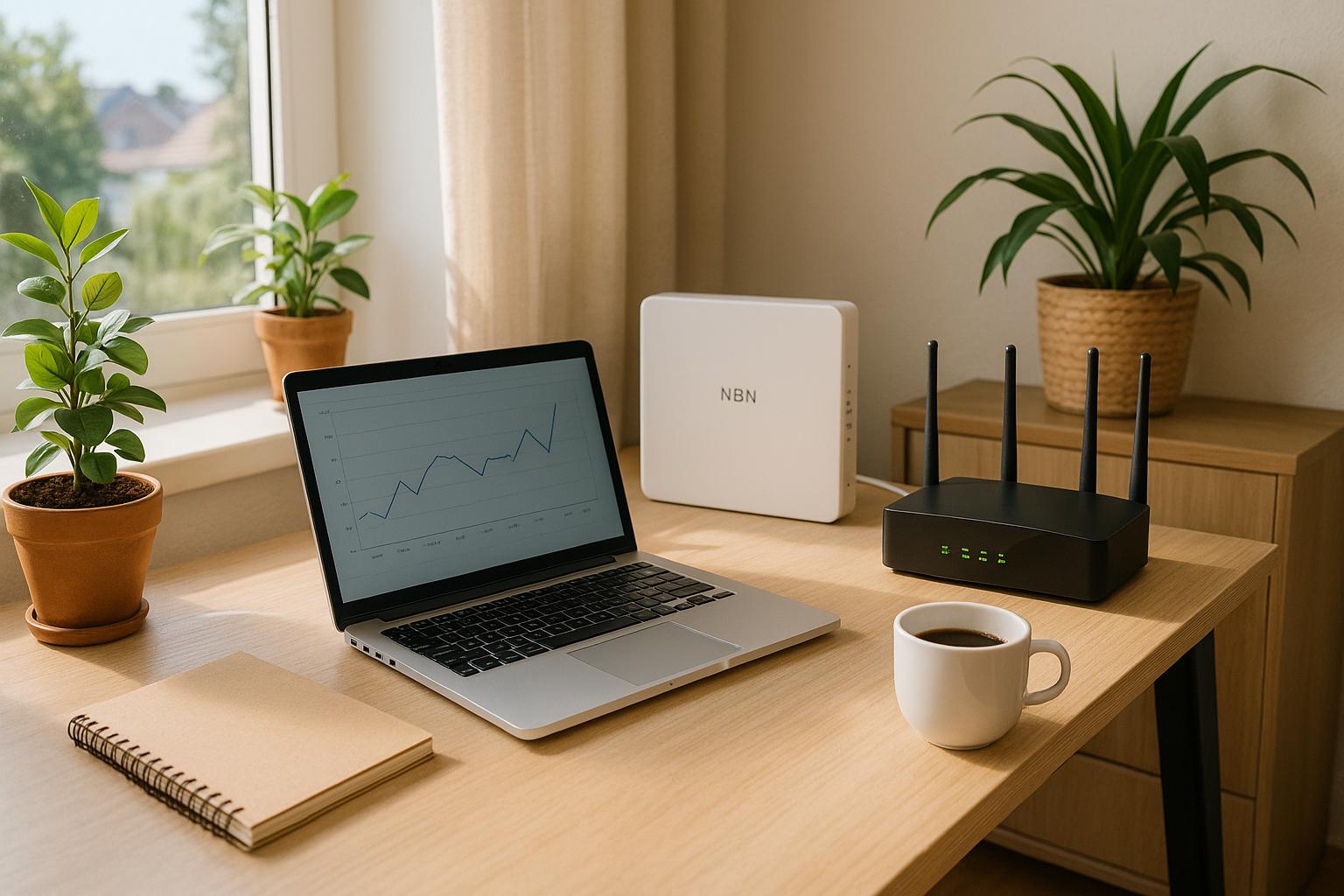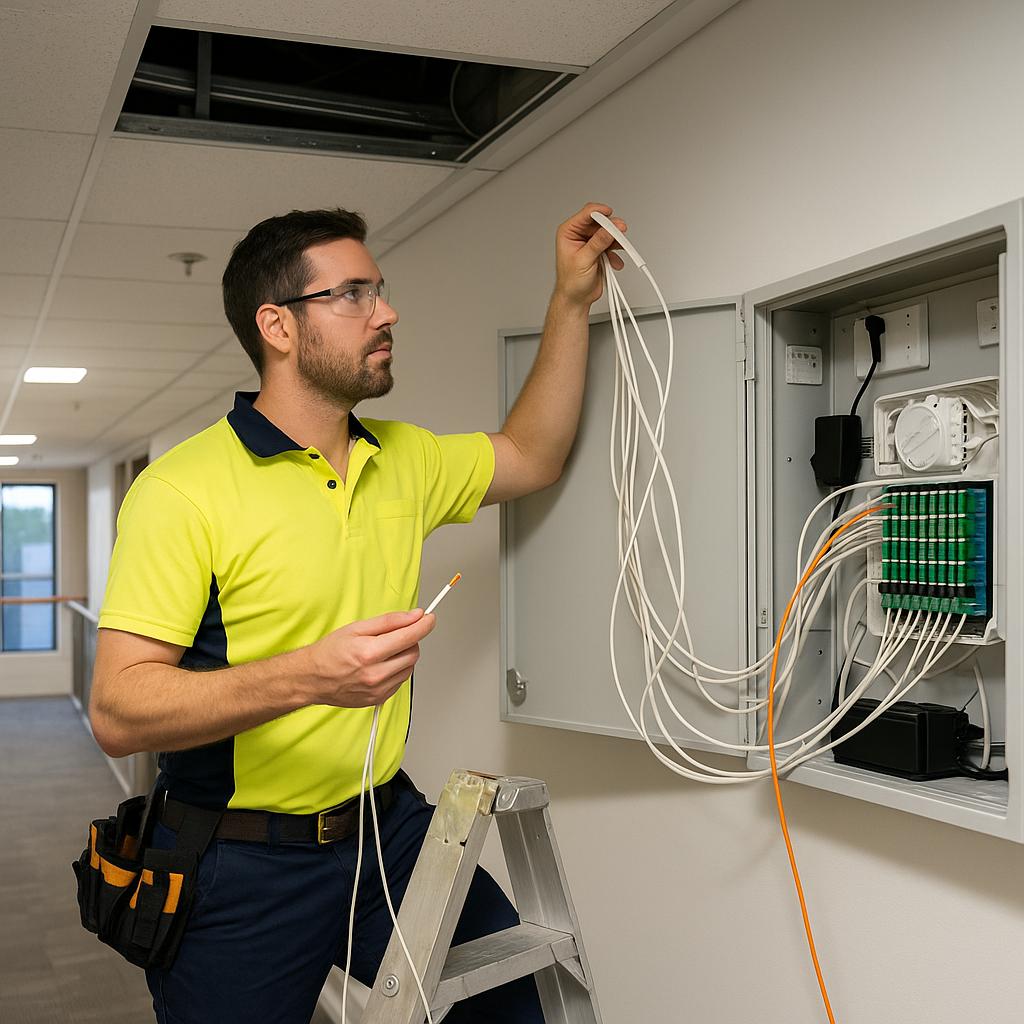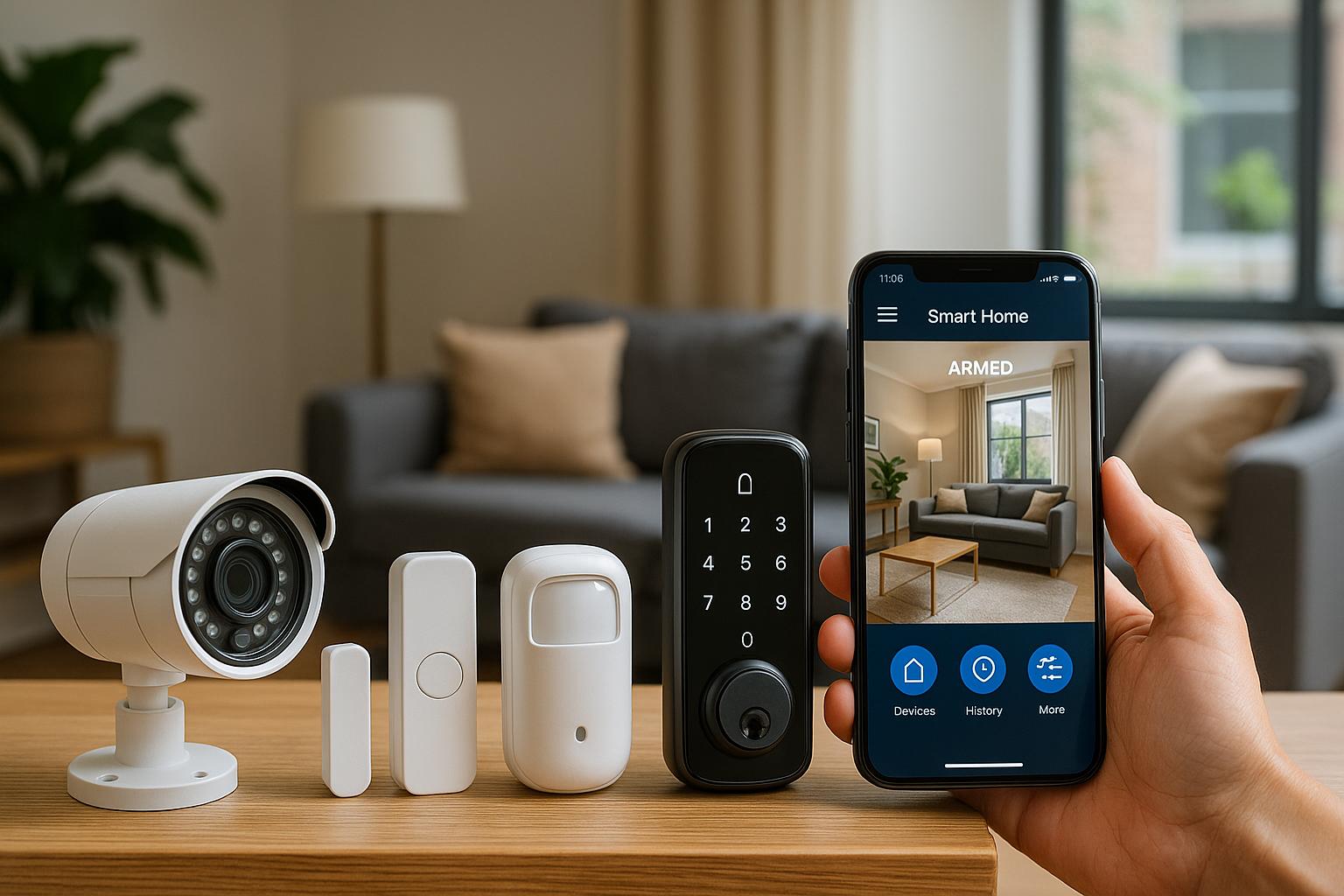Why the Best Internet Connection Matters for Your Smart Home
G’day there, mate! If you’re thinking about setting up a smart home, the first step is ensuring that you have the best internet connection possible. It’s not just about faster speeds but about reliability and coverage too. Without a solid setup, your smart lights, security cameras, and voice assistants might end up being more frustrating than helpful.
Understanding Different Internet Connections
1. Fibre Internet
If you’re lucky enough to live in an area with fibre internet availability, jump on it! Fibre internet is the gold standard when it comes to speed and reliability. With speeds reaching up to 10 Gbps, it’s perfect for streaming, gaming, and managing multiple smart devices without a hitch.
2. High-Speed NBN
Down under, the National Broadband Network (NBN) is another great option. Opt for a high-speed NBN plan for consistent, fast internet. While it might not match the blazing speeds of fibre, it’s widely available and supports multiple smart devices with ease.
3. Cable Internet
Cable internet is another viable option, especially if your area doesn’t support fibre or high-speed NBN. It offers strong download speeds, making it decent for streaming and maintaining a smart home setup. Remember, upload speeds can be a tad slower, which might affect things like video calls.
4. 5G Home Internet
For those living in areas with strong mobile infrastructure, 5G can be a game changer. It doesn’t require running physical cables to your house, and speeds can often rival or exceed those of cable internet. Keep an eye on data usage to avoid any shocking bills.
Setting Up A Smart Home: Tips and Tricks
Start with a Reliable Router
Your router is the backbone of your smart home setup. Make sure it’s up to scratch and supports all your connected devices. Investing in a dual-band router can help manage traffic more efficiently.
Optimize Wi-Fi Coverage
A smart home filled with devices means every corner of your space needs signal. A mesh network system can help disperse coverage evenly, ensuring reliable access throughout your home. This means your garage door, smart thermostat, or security system remains responsive.
Low Latency is Key
The lower the latency, the snappier your device responses. Fibre and high-speed NBN plans typically score best here, but adjusting router settings and ensuring optimal setup can also significantly improve response times.
Maintaining Your Smart Home Network
Regularly Update Devices
Just like software updates on your phone, your smart devices will have updates that can improve performance and security. Ensure they’re updated regularly.
Monitor Your Network’s Health
Keep track of your network’s performance. Tools and apps provided by your ISP can aid you in detecting and troubleshooting any potential issues.
Data Management
Keep an eye on your data usage. With heaps of devices connected, data caps can sneak up on you, but monitoring it can prevent nasty surprises on your bill.
Security Considerations
Network security is crucial. Ensure your network is password-protected and consider setting up guest networks for visitors to keep your main network secure.
Conclusion
Picking the best internet connection for your smart home in Australia isn’t just about speed; it’s about ensuring seamless operation and integration of your devices. High-speed fibre or NBN plans are optimal, but if they’re unavailable, other options like cable or 5G can work well too. Be sure to consider coverage and reliability, alongside regular maintenance of your network, to keep your digital haven running smoothly.
In the end, a reliable internet connection keeps your smart home operating efficiently, allowing you to enjoy all the convenience and advantages that come with automation and connectivity. Happy setting up!



